Later this year, Polaris Dawn will launch on a private spaceflight with SpaceX from NASA’s Kennedy Space Center in Florida. We caught up with commander Jared ROOK Isaacman, and went flying in the Polaris MiG-29 for a look at their astronaut jet training.
The mission will lift-off from historic pad 39A atop a Falcon 9 rocket, on the Crew Dragon spacecraft “Resilience”. It will be quite a mission, and help further humanity’s reach for the stars while raising money for their charitable cause, St Jude Children’s Hospital.
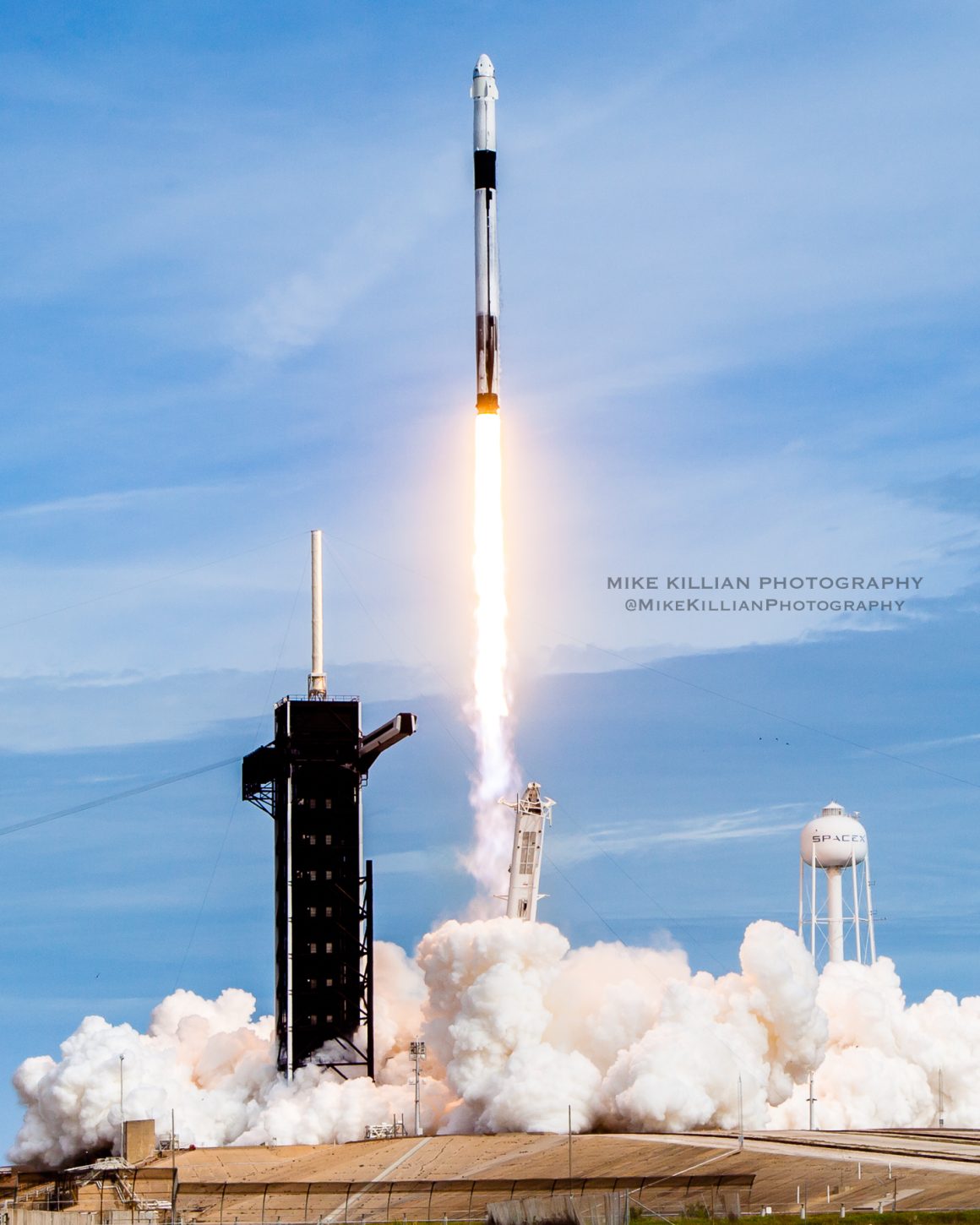
Real spaceflight and a great cause to eradicate childhood cancer
Polaris Dawn will take four commercial astronauts further into space than any humans since the Apollo moon landings. They will conduct 38 experiments from 23 institutions from around the world. It’s serious business, with serious objectives and specialized research. The crew will also conduct the first ever private spacewalk, some 700 kilometers above Earth.
“A big part of our mission is about testing and developing new technologies to open up space for everyone, but you can’t ignore some of the real problems we have here on Earth,” says Isaacman. “That’s why St Jude is a huge part of our mission.”

Learn more about their efforts with St Jude and DONATE
Isaacman himself has already been to space once before. He commanded the first all-civilian crew in 2021 on Inspiration4. They raised $250 million for St Jude, and inspired Isaacman to start Polaris, which will launch three missions in the coming years.
Highest Earth-orbit of any crew in history
“We’re embarking on a series of tech demonstration missions,” says Isaacman. “Building blocks, that will ultimately culminate in the first crewed launch of the SpaceX Starship.”
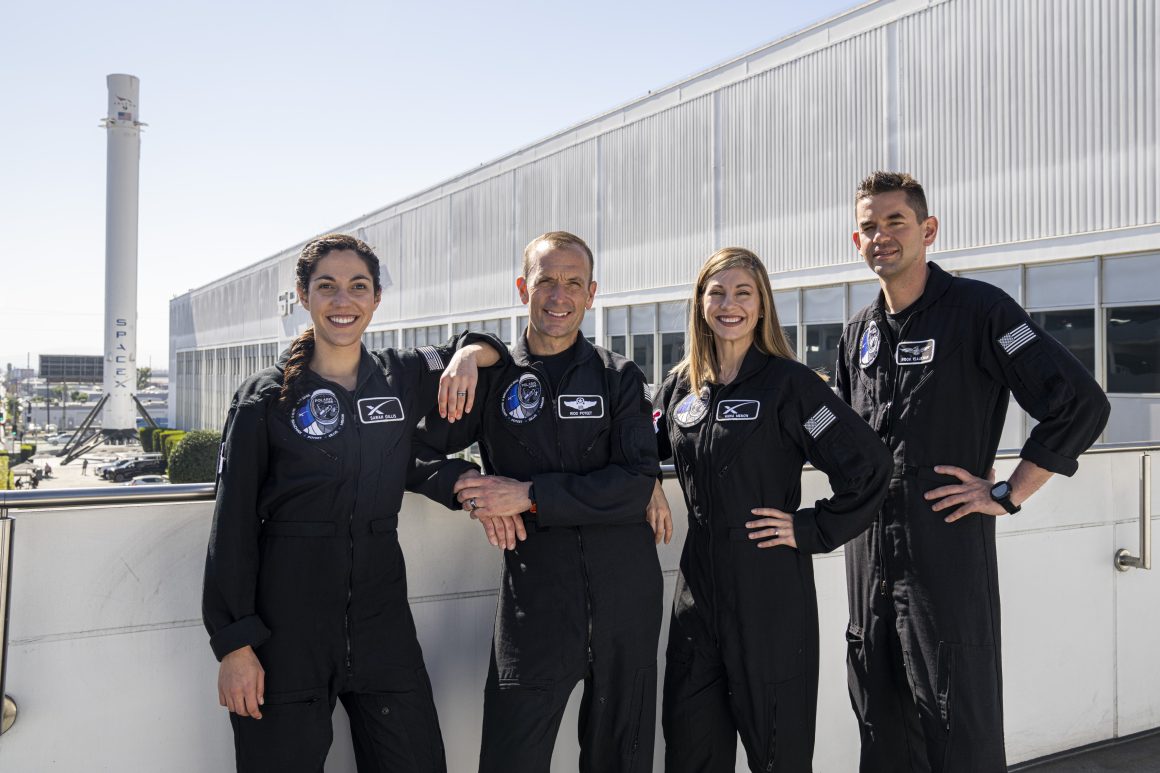
“For Polaris Dawn we’re going to fly the highest crewed Earth-orbit in history (over 1,400 km), surpassing the Gemini record. We will fly Dragon deeper into space than it has ever been. There’s a lot we can learn in the Van Allen radiation belts, and hopefully develop counter-measures against the radiation for future long-duration spaceflights.”
Polaris Dawn will also test and use SpaceX’s Starlink internet constellation in space, to demonstrate laser-based communications. Testing that will inform future evolutionary upgrades for the technology. Laser communications will be critical for future long-term crewed missions on the Moon and Mars.
A highly experienced hand-picked private crew
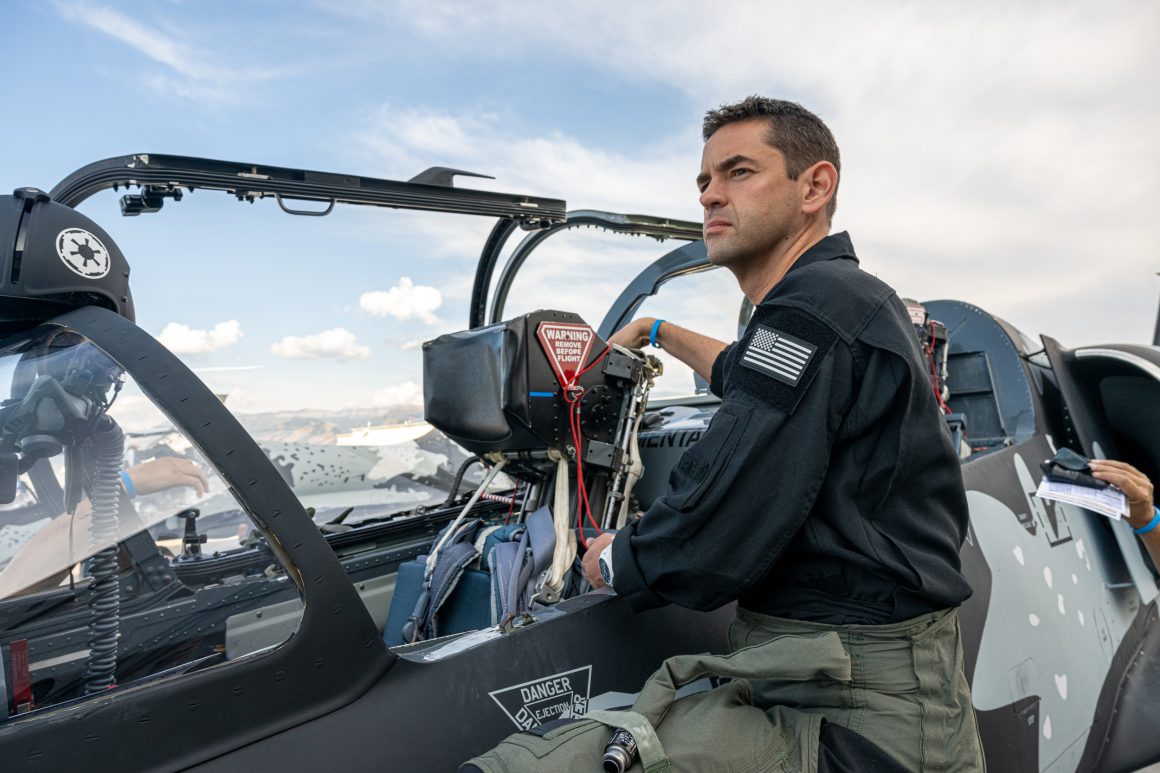
The crew are all well versed and experienced in aerospace operations. Isaacman has over 7,000 hours of flight experience, along with one spaceflight. He has ratings in multiple experimental and ex-military aircraft.
Isaacman co-founded the world’s largest private air force with Draken International, which helps train USAF and other pilots by role-playing the bad guys, He also holds several world records including two speed-around-the-world flights.
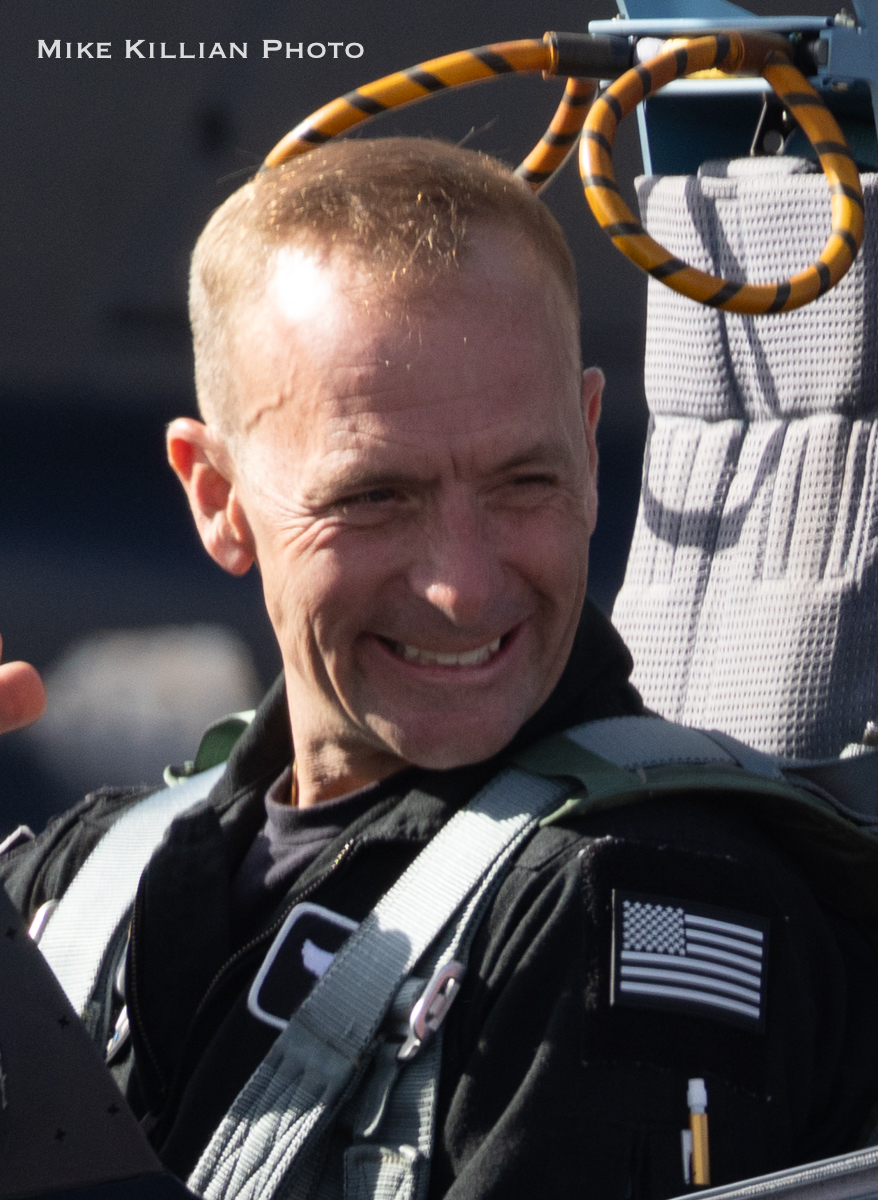
Retired USAF Lieutenant Colonel and fighter pilot Scott “KIDD” Poteet will be mission pilot. He’s a former Thunderbird and commander of the 64th Aggressor Squadron. Kidd brings over 3,200 flying hours in the F-16, A-4, T-38 and other aircraft, including 400 combat hours.
He served as Mission Director for Inspiration4. Both he and Rook will be joined by Mission Specialist/Medical Officer Anna Menon and Mission Specialist Sarah Gillis, who are both lead operations engineers at SpaceX.
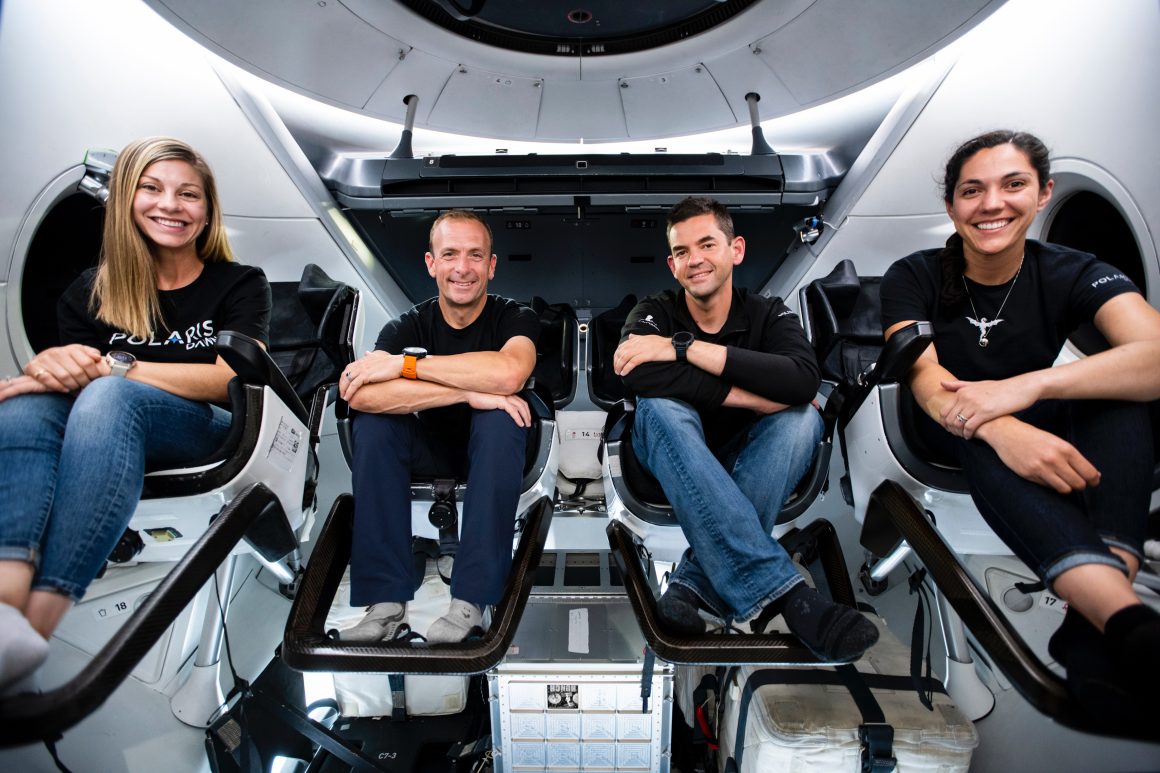
Gillis is an experienced mission control operator, and was a lead astronaut trainer for Inspiration4. She was the first voice the crew heard when they strapped into the SpaceX Dragon, and the voice they heard as they launched off Earth. With SpaceX, she is responsible for the development of mission-specific curriculum and training execution for NASA and commercial astronauts who fly aboard the Dragon.

Menon is a lead mission director and space operations engineer at SpaceX. She runs Mission Control, and was assigned to the families of Inspiration4 to be the one to translate the good and, if necessary, the bad news to them. Prior to SpaceX, she worked for seven years at NASA as a biomedical flight controller for the International Space Station, where she supported space station crews from mission control and helped integrate international partner engineers and medical care.

All four crew members worked closely together on Inspiration4. They built a unique bond and trust that will serve them well on Polaris Dawn.
Jet flying is still the most important training astronauts do
Fighter jet training has been at the heart of human spaceflight since the dawn of the space age. It still is too. NASA knew they would employ civilian astronauts from many backgrounds after Apollo, but without any extreme flying experience. Crews have been required to fly at least 4 hours per month in the agency’s T-38 Talons ever since, while commanders and pilots are required to fly 15 hours.
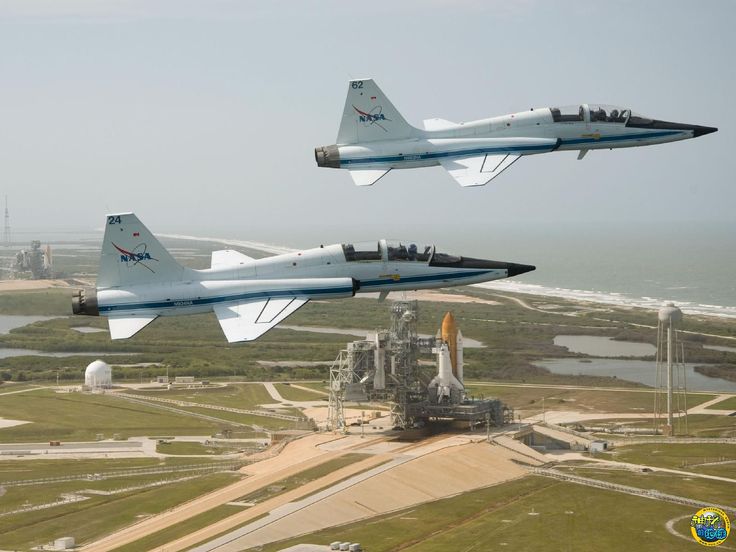
Even with modern spacecraft’s ability to fly mostly autonomously, NASA still sees the need for jet training. It familiarizes crew with checklists, communication and situational awareness in a real, dynamic extreme flying environment.
“Jet flying is the most important training that we do,” says former NASA astronaut Terry Virts. “It’s the one place where we’re not in a simulator. It’s real flying and if you make a mistake, you can get hurt or break something or run out of gas. There’s a lot of things that happen in a jet that you can’t do in the simulator.”
“It’s a dynamic, G-intense environment where you can work on crew resource management, precision flying, working with avionics systems that have a lot of carry-over to what we see in Dragon,” adds Isaacman. “Most important, is it’s high consequence.”
“There’s no reset button like in a simulator.”
“There’s no reset button like in a simulator. You can’t just step out and say ‘ok we got that one wrong, let’s do it again’. You can walk out of the simulator, but in a jet, there is no escape. Neither is there in space. Flying is a totally different environment, and I think that’s important and keeps focus. On Inspiration4 we kept flying up until just a couple days before launch, and will continue to do that with Polaris.”
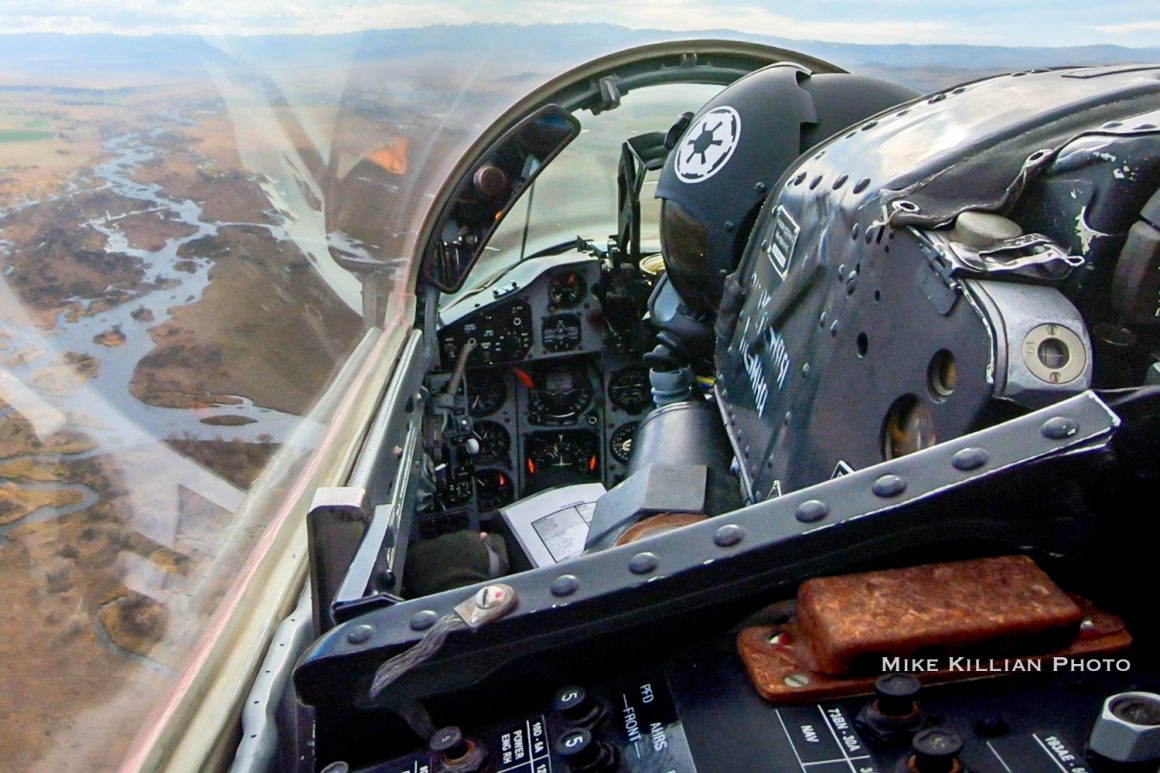
“We do a lot in the classroom and simulators, and go in centrifuges and do underwater training for EVA (spacewalks). However, you still need dynamic G-intense flying where you can work on complex operations in a high consequence environment,” adds Isaacman. “We fly the same spacecraft that NASA does, so we want the same training to prepare ourselves.”
The Polaris “Ghost Squadron”
Polaris operates a fleet of privately-owned jets. They call it the Ghost Squadron, with the aircraft all painted in a ghost camouflage scheme. Polaris operates several L-39s, Alpha jets and a Russian MiG-29 Fulcrum, as well as a Bombardier business jet.

The slick ghost camo was the next generation paint from the Arctic camo of the former Black Diamond Jet Team. Issacman and others in Polaris were part of that team. Now, with a new era of flying to include the MiG-29, the paint scheme was elevated to the new ghost camo, and represents the snow-capped mountains of Montana where Polaris operates the jets out of.
The only civilian-owned currently flying MiG-29 in the world
Polaris’ MiG-29 (N29UB) is currently one of the only airworthy civilian-owned MiG-29s in the world that is actually flying. Russia began producing MiG-29s in 1981, as an answer to America’s F-15 and F-16.
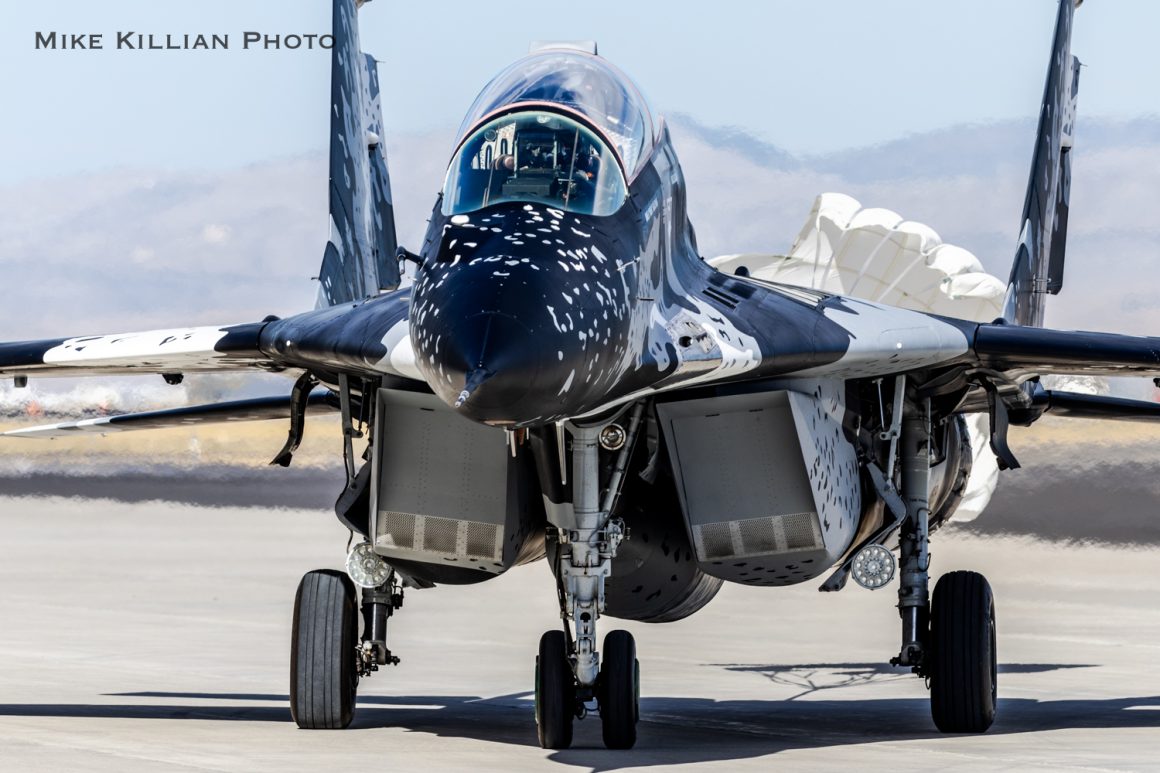
Isaacman purchased it from the estate of Paul Allen, after selling Draken in 2019. “I just knew it was the best MiG-29 in the world, and it has been serving us incredibly well for all of our commercial astronaut training,” he says.
It’s powered by a pair of Klimov RD-33 afterburning turbofan engines and was built in 1989, formerly operated by the Ukrainian Air Force. At the time Isaacman purchased it, it only had 570 flight hours on the airframe. It’s the fastest civilian owned warbird in the world.
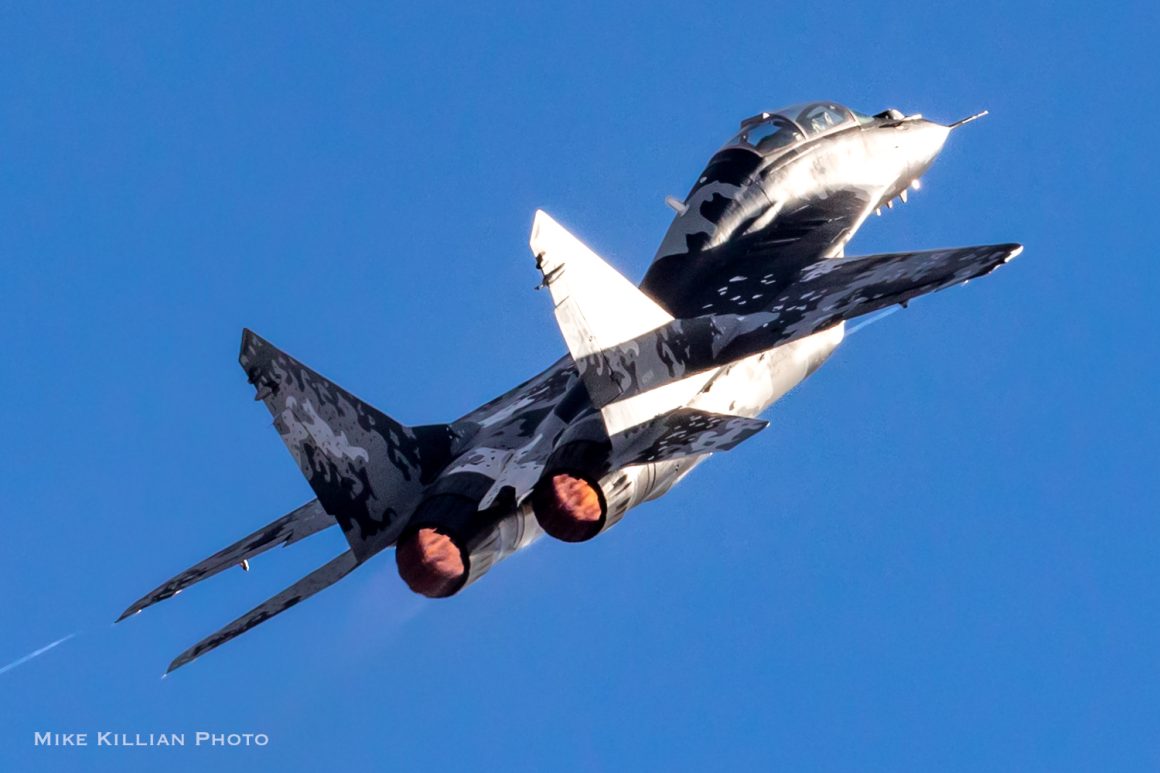
The MiG and other jets of the Polaris Ghost Squadron also support training for other aerospace organizations too. They fly at various air shows across the United States as well (click here for schedule), to help inspire the public and spread the word about St Jude. Polaris even flies St Jude donors, as a way to show their appreciation.
AvGeekery takes flight in the Polaris MiG-29
Isaacman took us flying in the MiG-29 for a taste of their commercial astronaut training, and to produce aerial images of Kidd flying one of the Alpha jets. The MiG-29 is capable of Mach 2, which is quite fast of course, but not nearly as fast as a rocket launching to Mach 22.
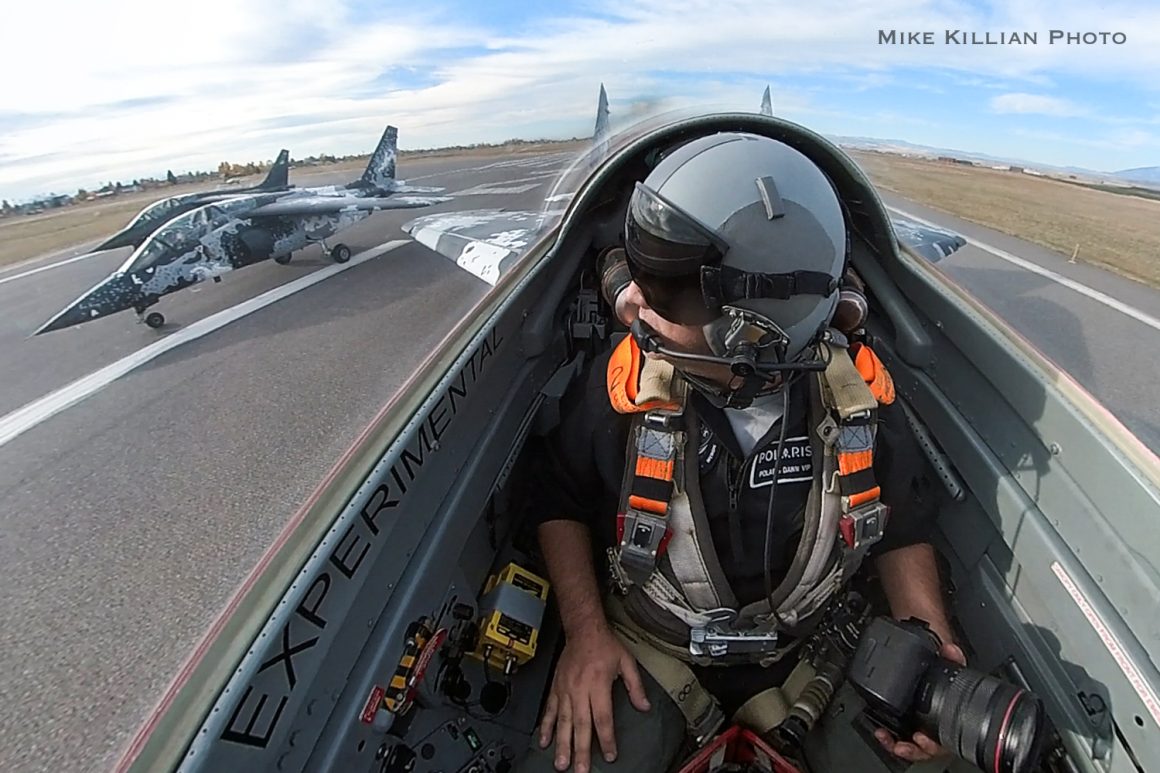
Nevertheless, the MiG-29 was a real kick in the pants. After a thorough briefing we suited up and got in the jets. The crew chief ensured I was strapped in correctly and gave me a thorough safety brief. Rook then gave me another safety brief, leaving nothing to chance, before getting in the cockpit to startup. We taxied out with a crowd waving, and headed for the runway.
Two Alpha jets joined on our right wing. That’s when Rook powered up and released the brakes, and off we went.
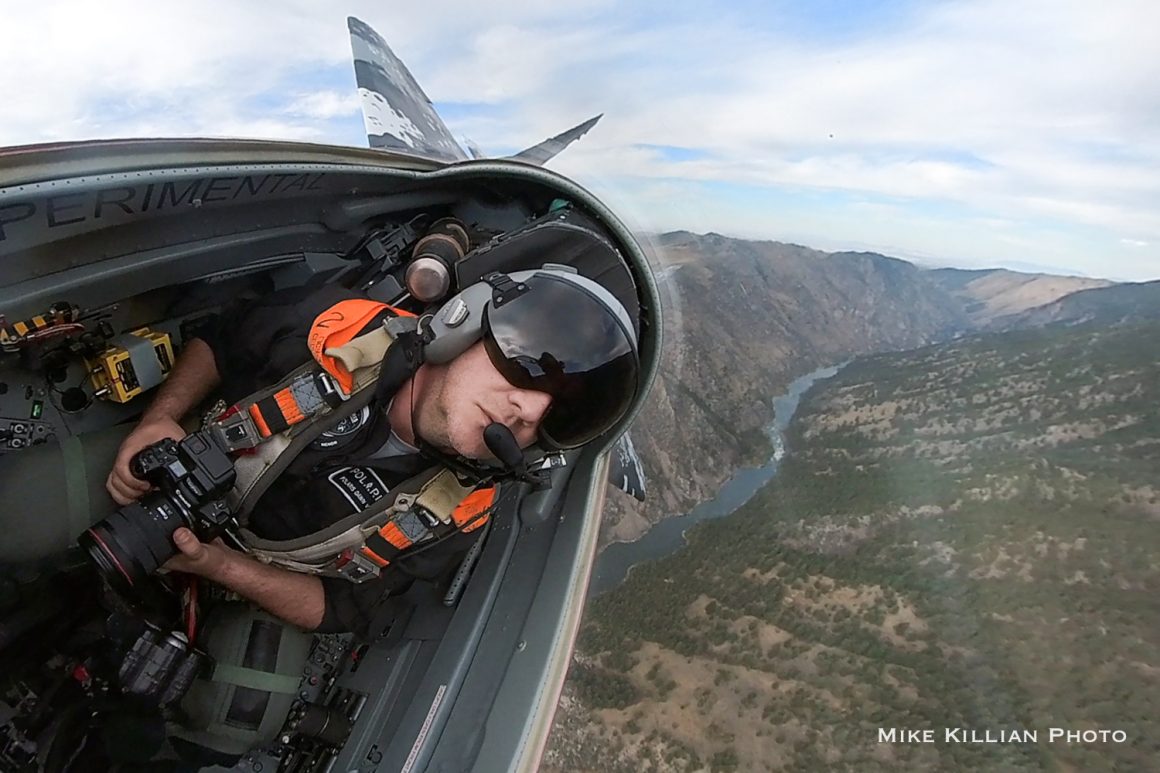
Takeoff in one of the few civilian MiG-29s
Raging down the runway pressed in my seat we thundered skyward with twin afterburners blazing. We launched quickly into a hard right away from the airfield with a trail of black smoke in our wake, as the sound of our engines echoed across the region.

Flying in the Fulcrum felt as smooth as a Cadillac. We even dipped into a canyon and did some formation rolls with stunning views around Bozeman, Montana.
It’s not every day you get to fly with the commander of multiple space missions. It was a huge honor, and to do so producing aerial images of a veteran USAF pilot like Kidd was icing on the cake.


Other training
The crew is deep into training for their upcoming flight. They’ve conducted jump dive training, scuba training to simulate working in weightlessness, and centrifuge and hypoxia training. They have summited 19,000-foot-high volcanos as team-building exercises, done skydive training, and have taken zero-G flights in a 727.
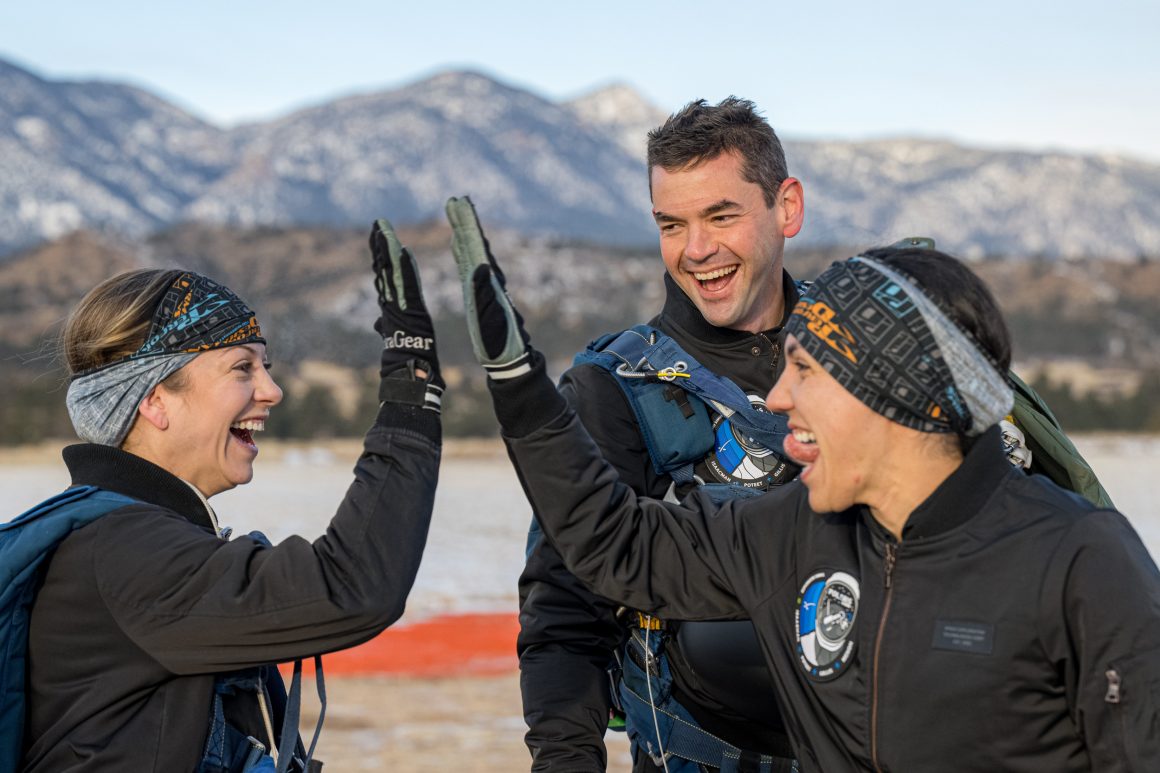
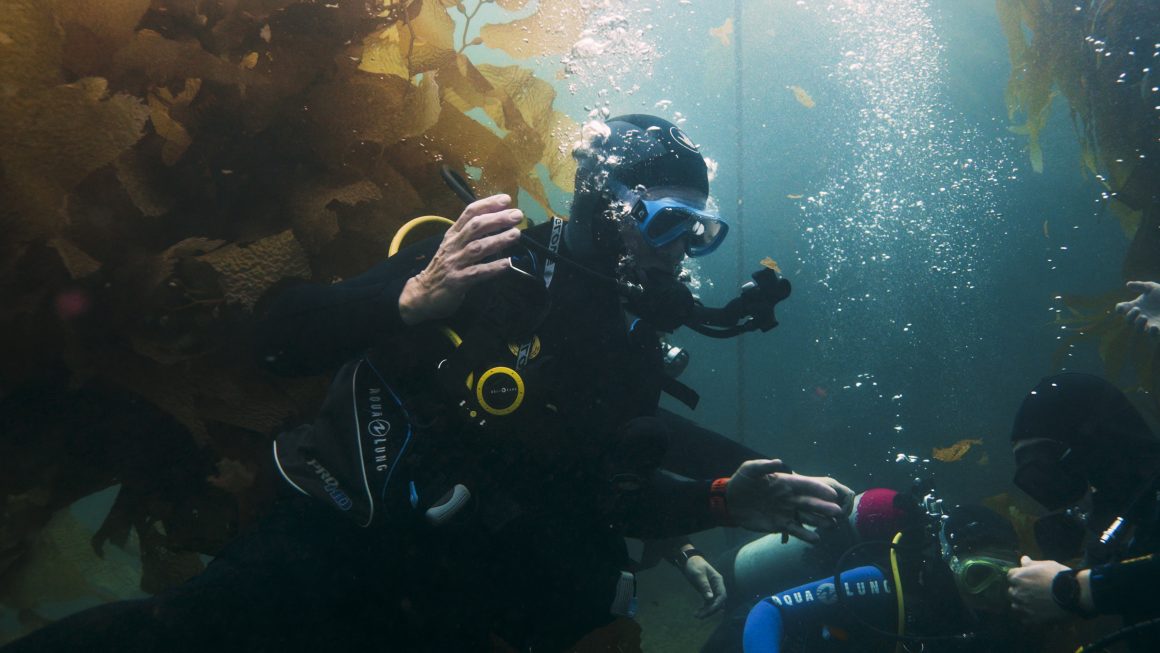
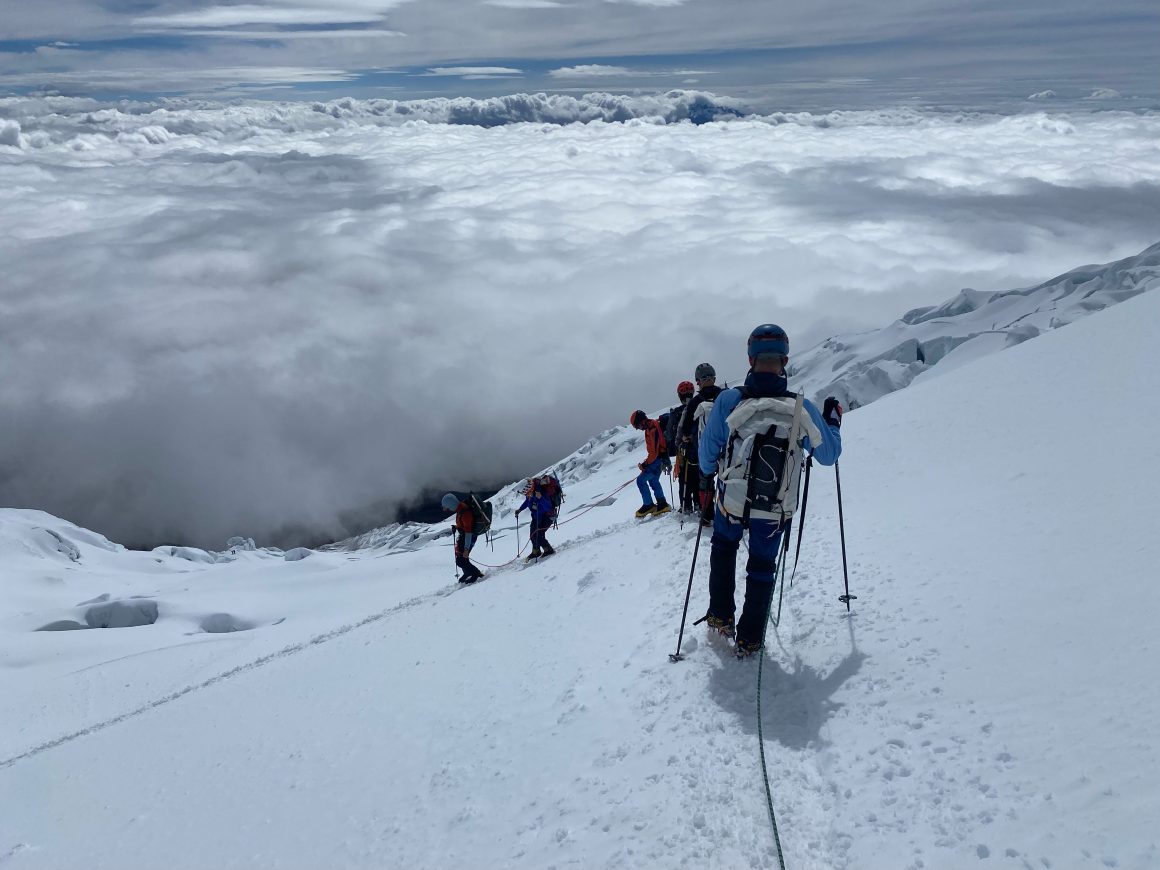
Of course, they spend a lot of time in simulators and working closely with SpaceX too. They participate through every iteration of developing the new EVA (extravehicular activity) spacesuits for their historic spacewalk. It’s no small undertaking either.
Polaris Dawn will be the first crew to use a new SpaceX spacesuit for spacewalking
Both Polaris and SpaceX are very tight-lipped about the new suits. They will likely be similar to the EVA suits used by NASA on the International Space Station.
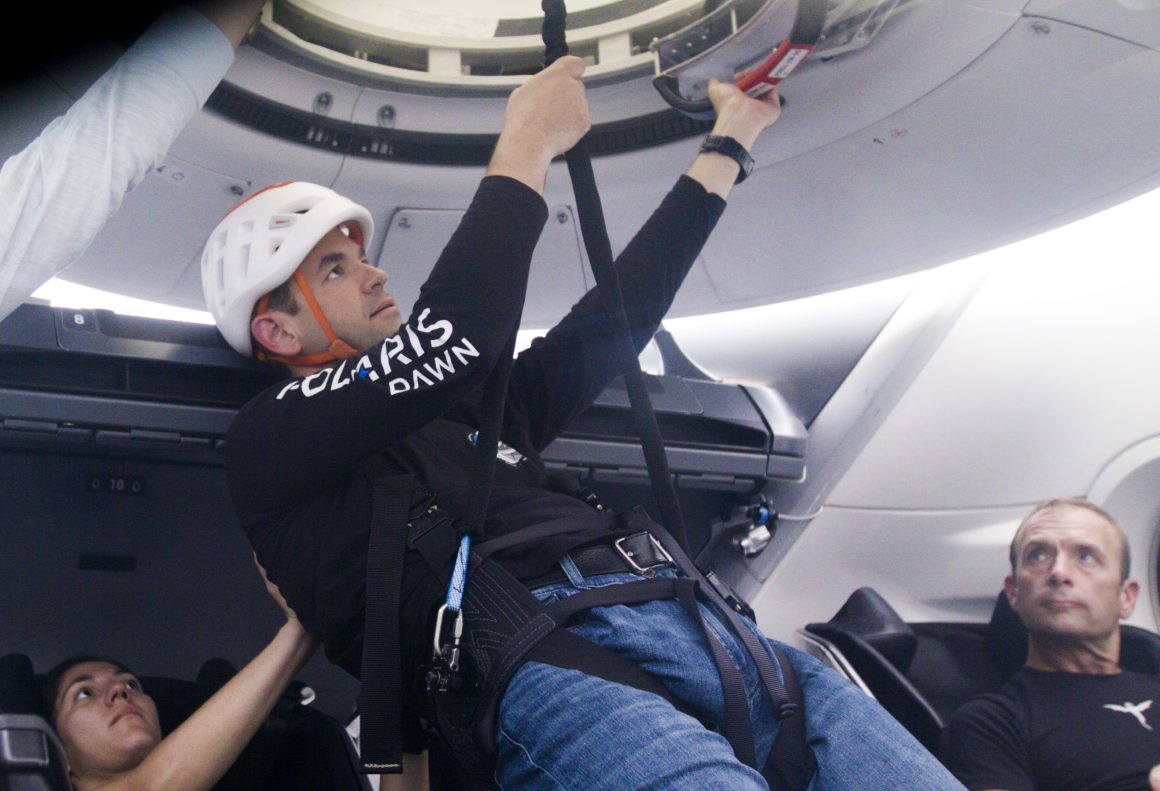
Isaacman and his crew will be the first people to ever use the new suits in space, paving the way to a suit that can be mass produced at a reasonable cost. Building future bases on the Moon and Mars will require thousands of spacesuits. The development of this suit and the execution of the Polaris Dawn EVA will be a major step toward a scalable design for spacesuits on future long- duration missions.
As a developmental program a lot of the technology had not even been built yet when Polaris Dawn was originally announced two years ago. Not only does the new EVA spacesuit need to be developed, but the Dragon itself requires many modifications in order to fly to the high altitude that Polaris Dawn is aiming for, and support the planned spacewalk.
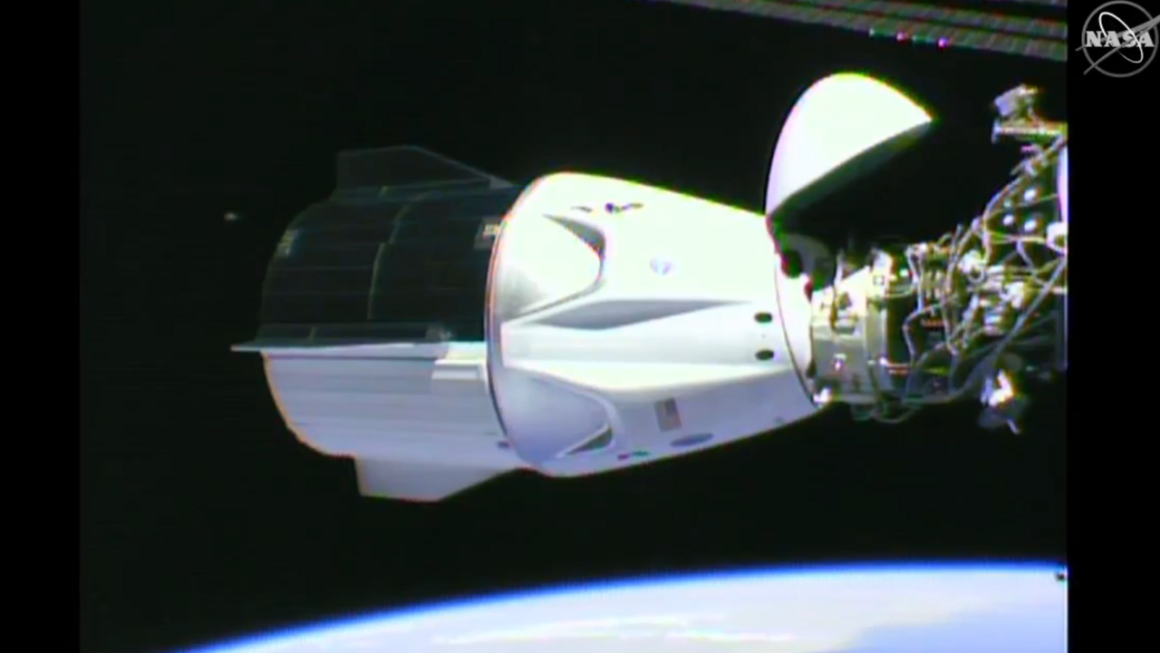
Modifying Dragon for the new spacesuits and first ever private spacewalk (and first spacewalk with a Dragon)
The entire Dragon will need to be depressurized for the spacewalk, in a similar way that NASA’s Gemini capsules were in the 1960s. So, all four crew members will need the new EVA suits, not just the actual spacewalker(s). With such limited space onboard, they won’t wear the traditional pressure suits other crews have for launch and re-entry. They will wear the new EVA suits.
“It’s not an airlock that has to be qualified to vacuum. The entire Dragon has to be done,” says Isaacman. “We’re also going to be using a higher rate of consumables, because we need to use using oxygen for cooling. So, we need a lot more tanks than a typical Dragon is equipped for, plus, the air needed to re- pressurize it.”
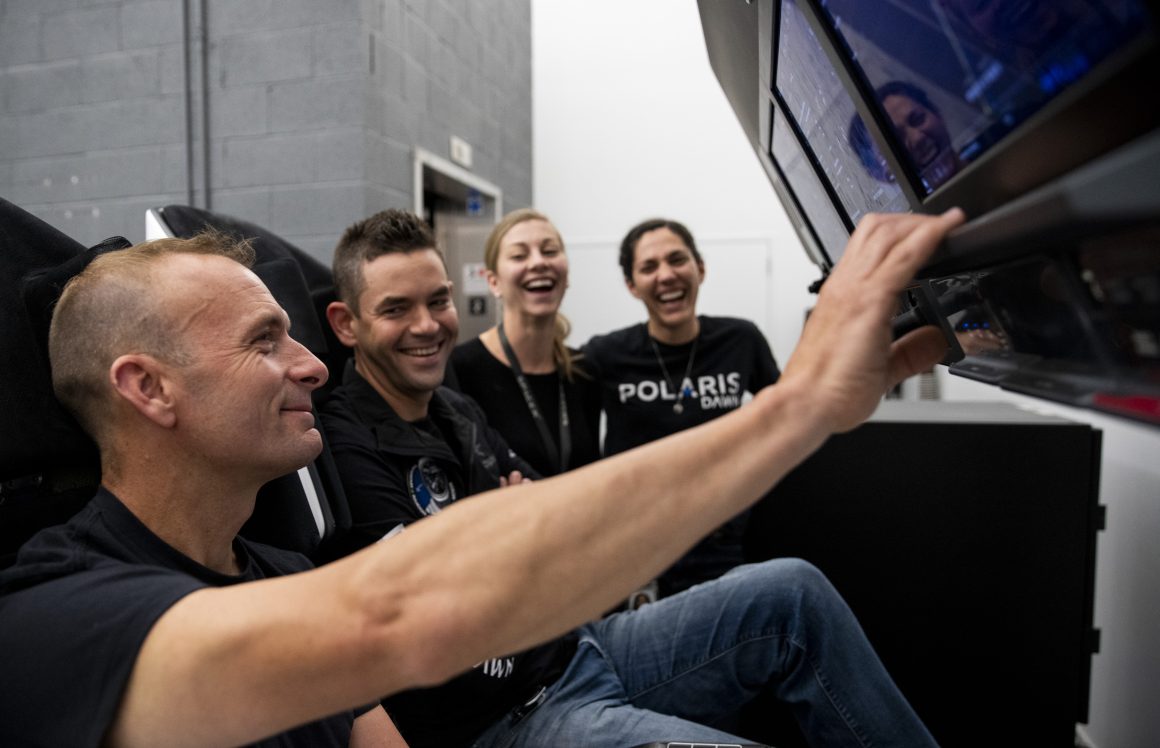
NASA will be watching closely, as the next Polaris mission wants to boost the Hubble Telescope
NASA will be paying close attention to the Polaris Dawn spacewalk too, because Isaacman wants to service the Hubble Space Telescope on Polaris’ second mission. The telescope has not been serviced since 2009, when space shuttle Atlantis STS-125 visited to extend the telescope’s life and capabilities.
However, time has no mercy, and over the last 15 years Hubble’s orbit has slowly been degrading. It’s currently at an altitude of about 330 miles, but will fall faster and faster as time goes on. If nothing is done, it will burn up in the atmosphere in the mid 2030s.

Isaacman says the mission would come at no cost to the government or tax payer, and would keep Hubble operating for an additional 15-20 years. SpaceX and Polaris pitched the idea to NASA. The agency then signed an unfunded Space Act Agreement to seriously study the idea.
Even if NASA decides against such a mission, they’ll probably have to launch a propulsion module to the telescope by the end the 2020s anyway, to ensure Hubble makes a controlled splash in the Pacific Ocean. So if they have to launch that anyway, why not launch Polaris to give it another 20 years of life instead?
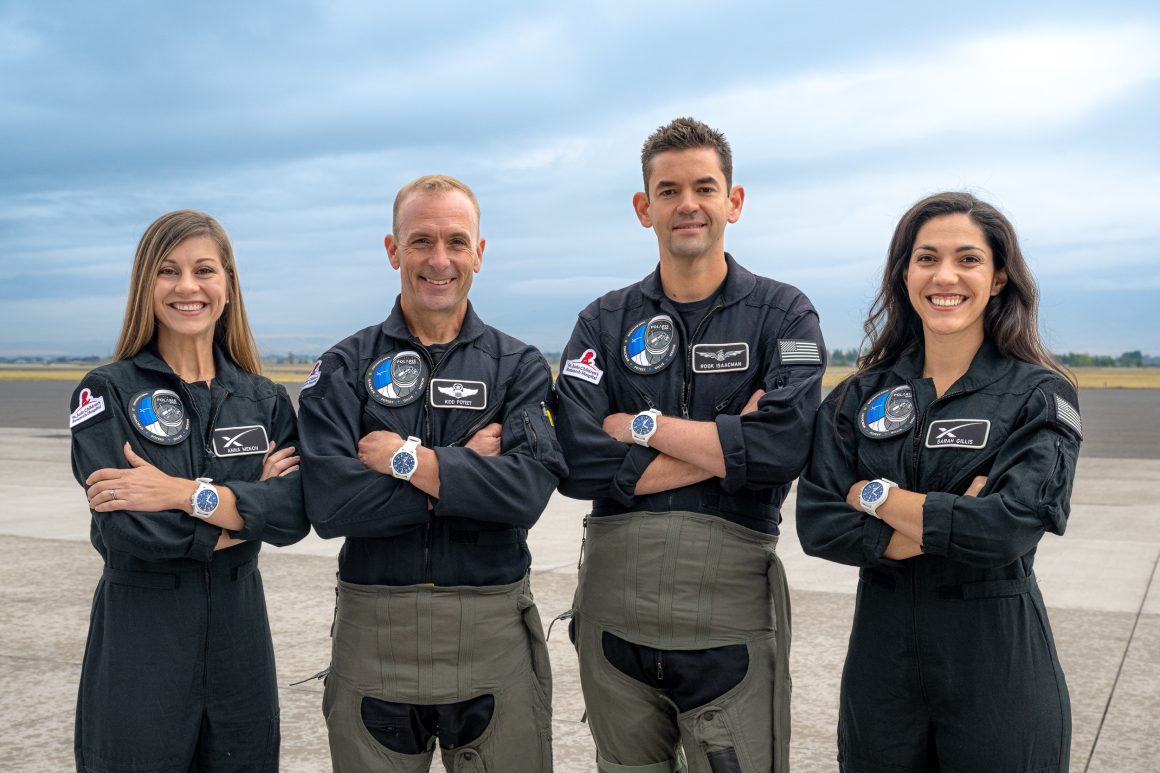
The success of Polaris Dawn could be a key factor in that decision.
Polaris’ 3rd mission will be the first-ever crewed flight of the SpaceX Starship
Further down the line is Polaris’ third mission, the first crewed flight of SpaceX’s behemoth Starship. The company is currently conducting launch and orbital flight tests with prototypes of the new rocket and spacecraft in south Texas, as well as building infrastructure for Starship flights at Kennedy Space Center.
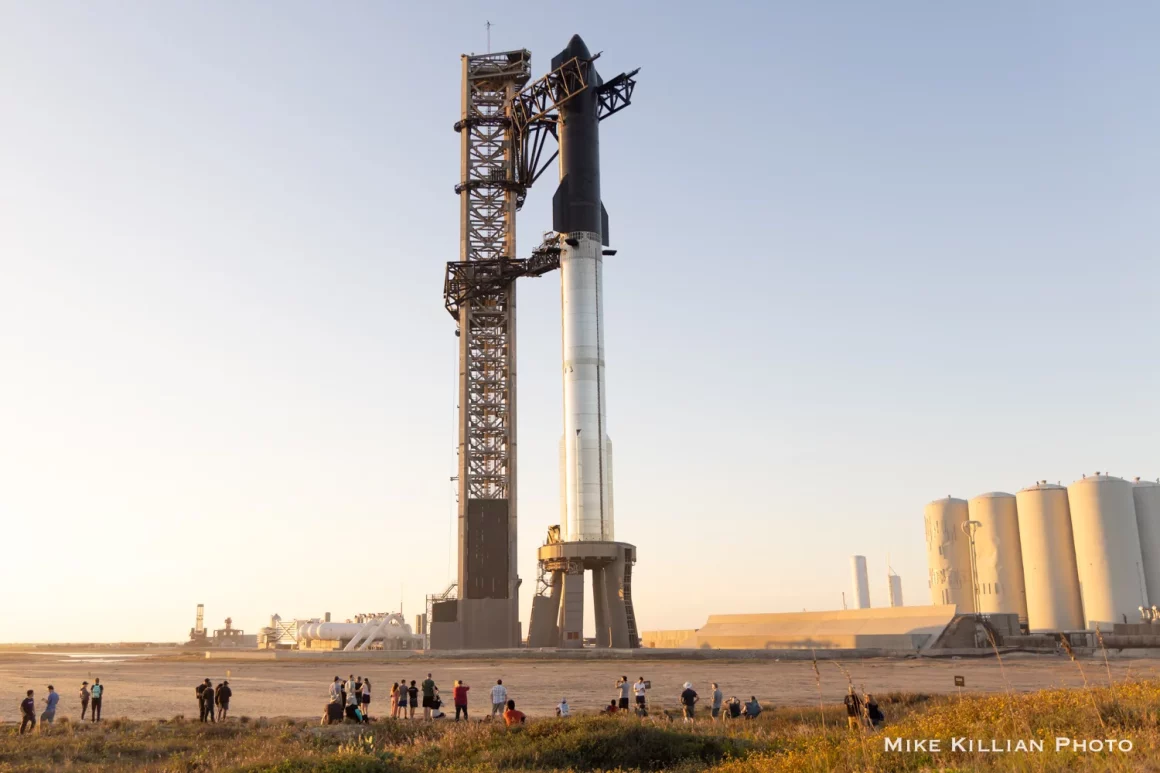
NASA is also paying close attention to Starship. They’ve contracted Starship to land the first two Artemis crews on the moon later this decade, as part of NASA’s plans for a permanent human presence at the moon.
“Each mission should build off the previous one and hopefully much can be learned from the science, the research and all the technology we aim to demonstrate,” says Isaacman. “When Polaris is over, the first crewed Starship should have flown, and that is the vehicle that will open space to the many.”

A target launch date for Polaris Dawn has not yet been announced, but they and SpaceX hope to see it launch this year. The required modifications to Dragon and development of the new EVA spacesuit are the driving factors at this point, before a firm launch date is announced.
